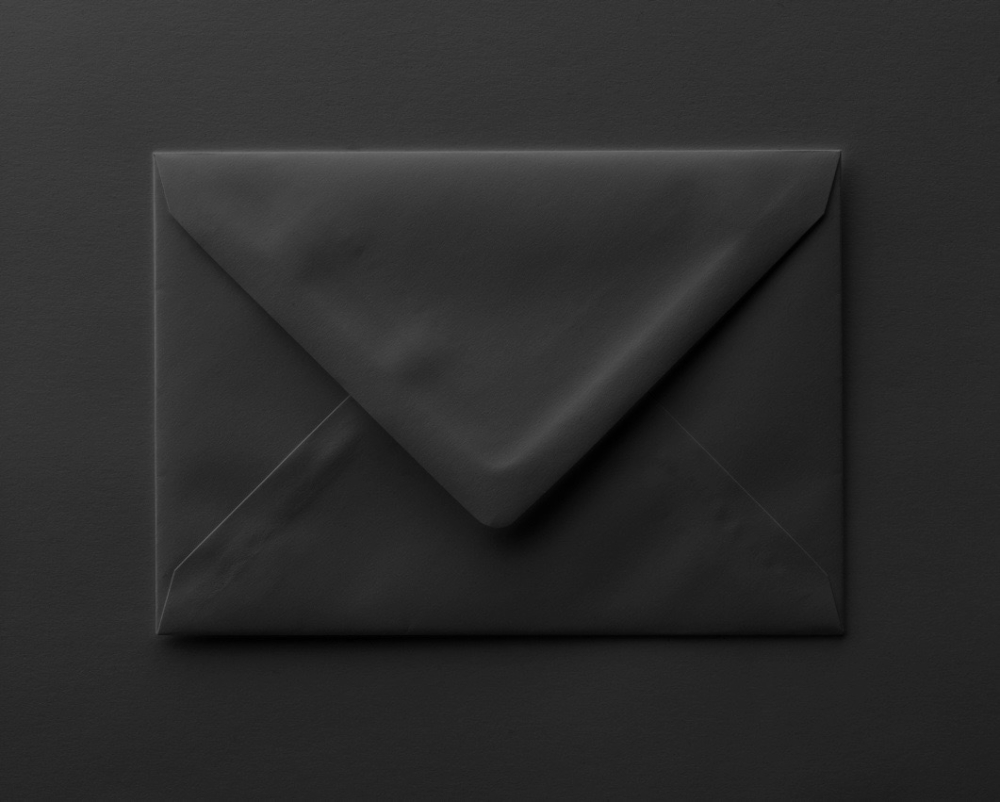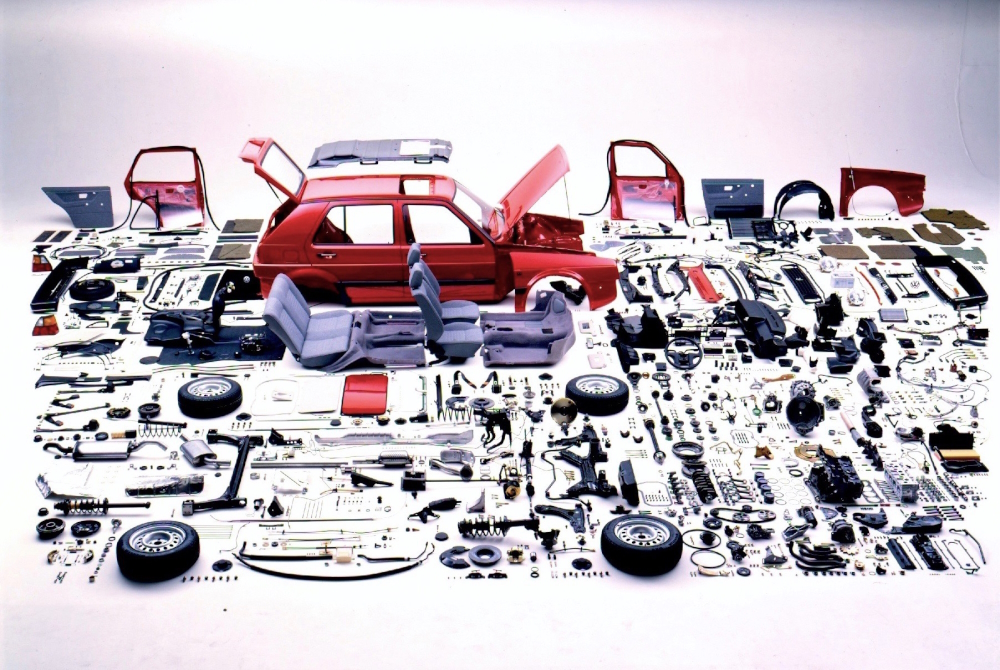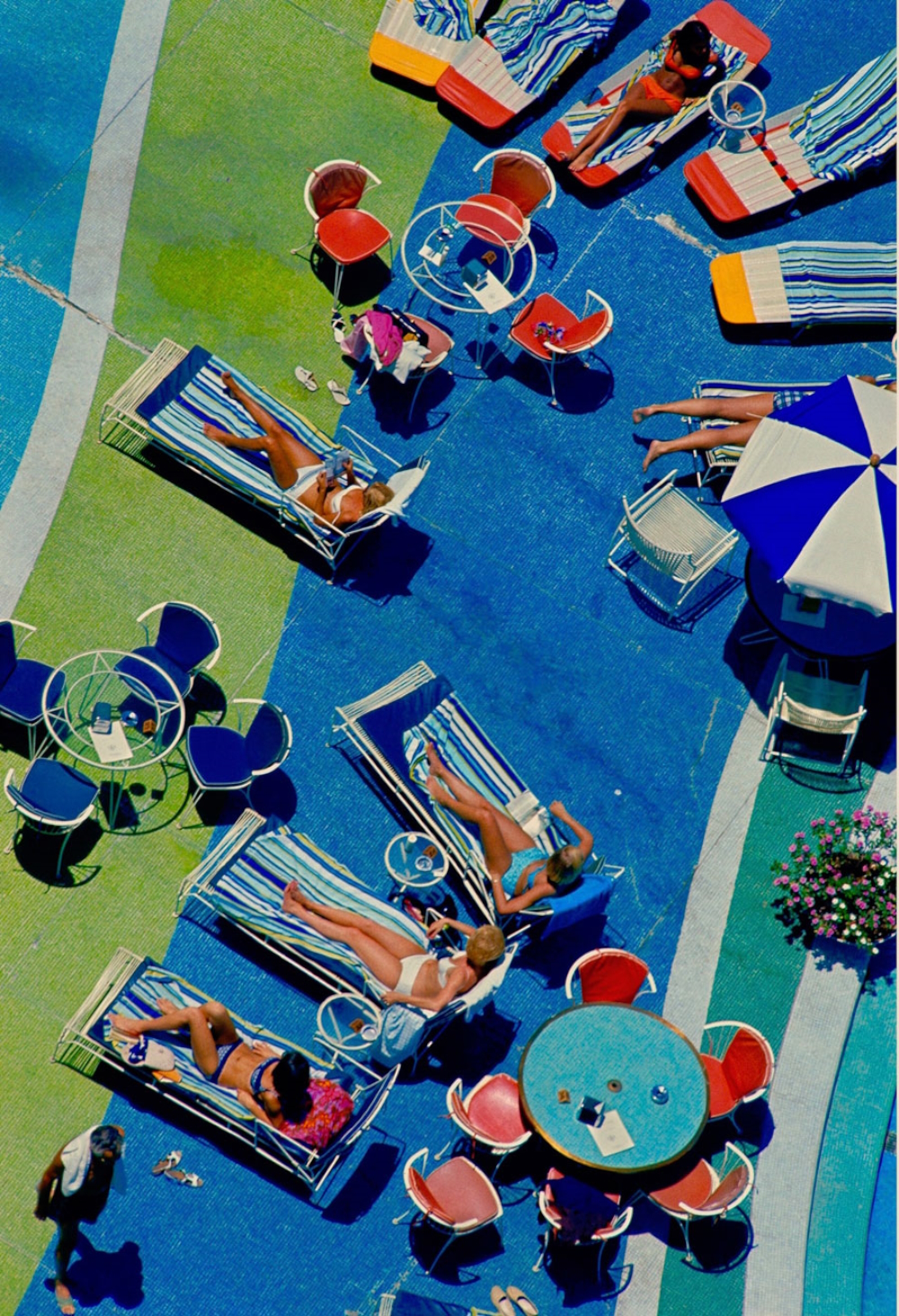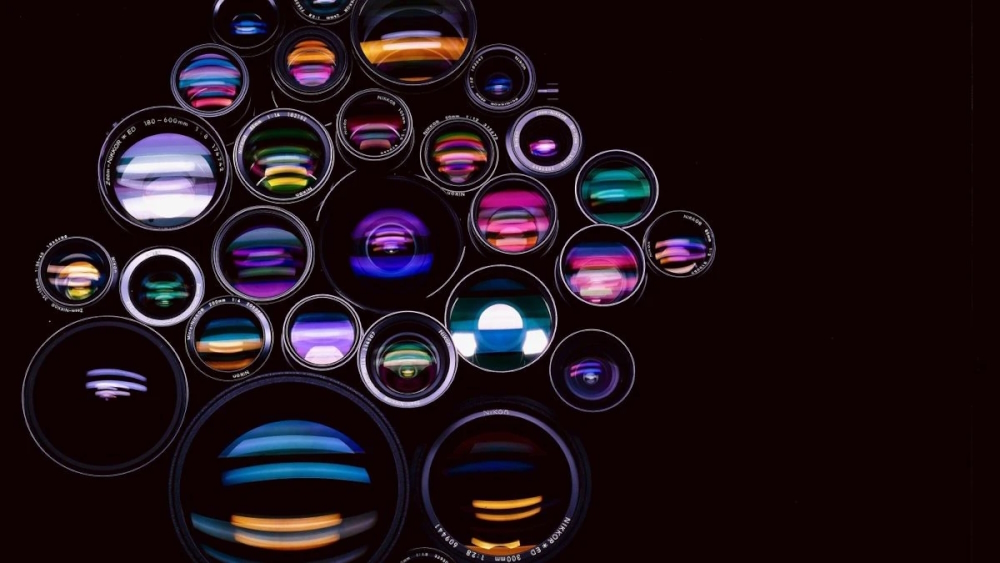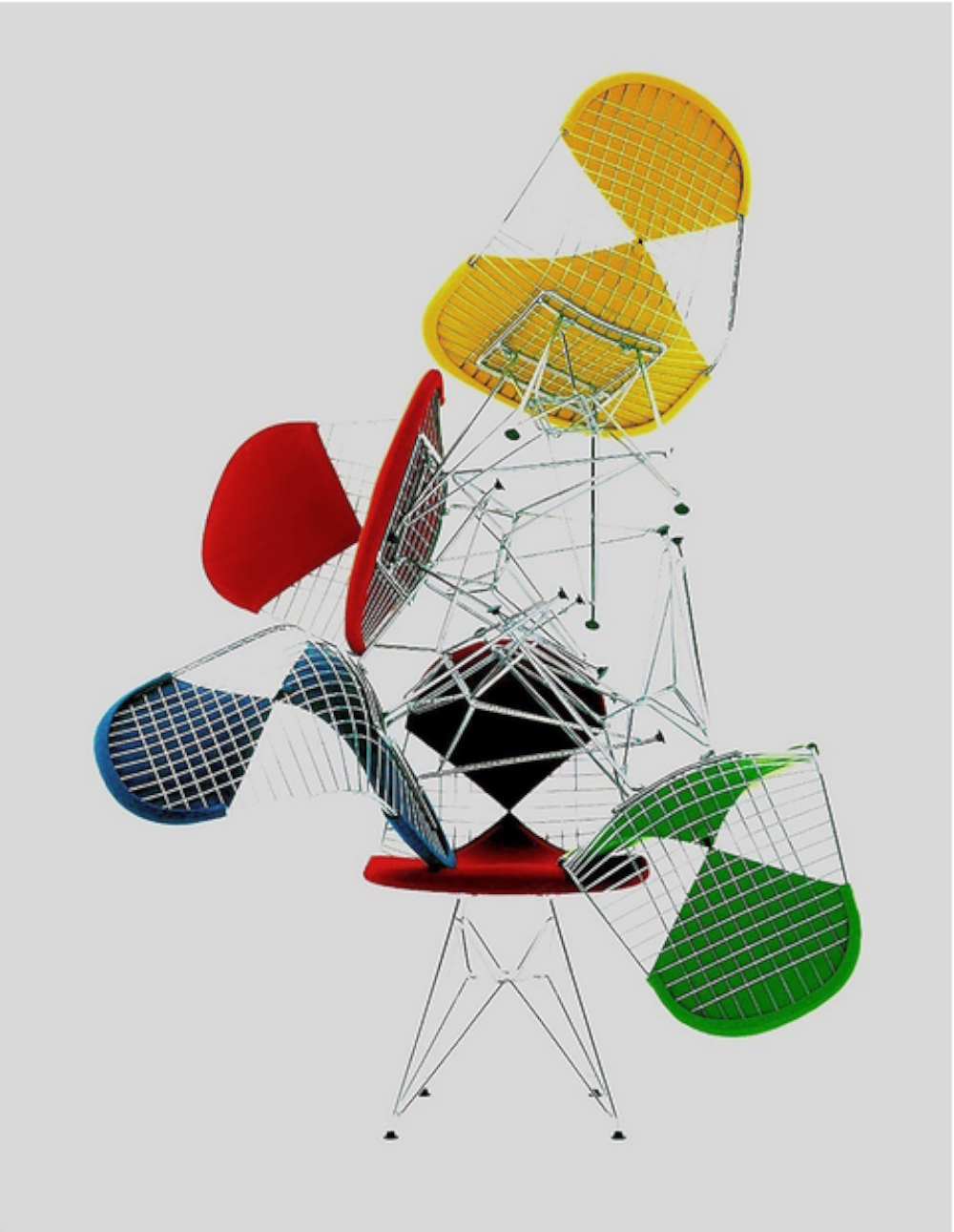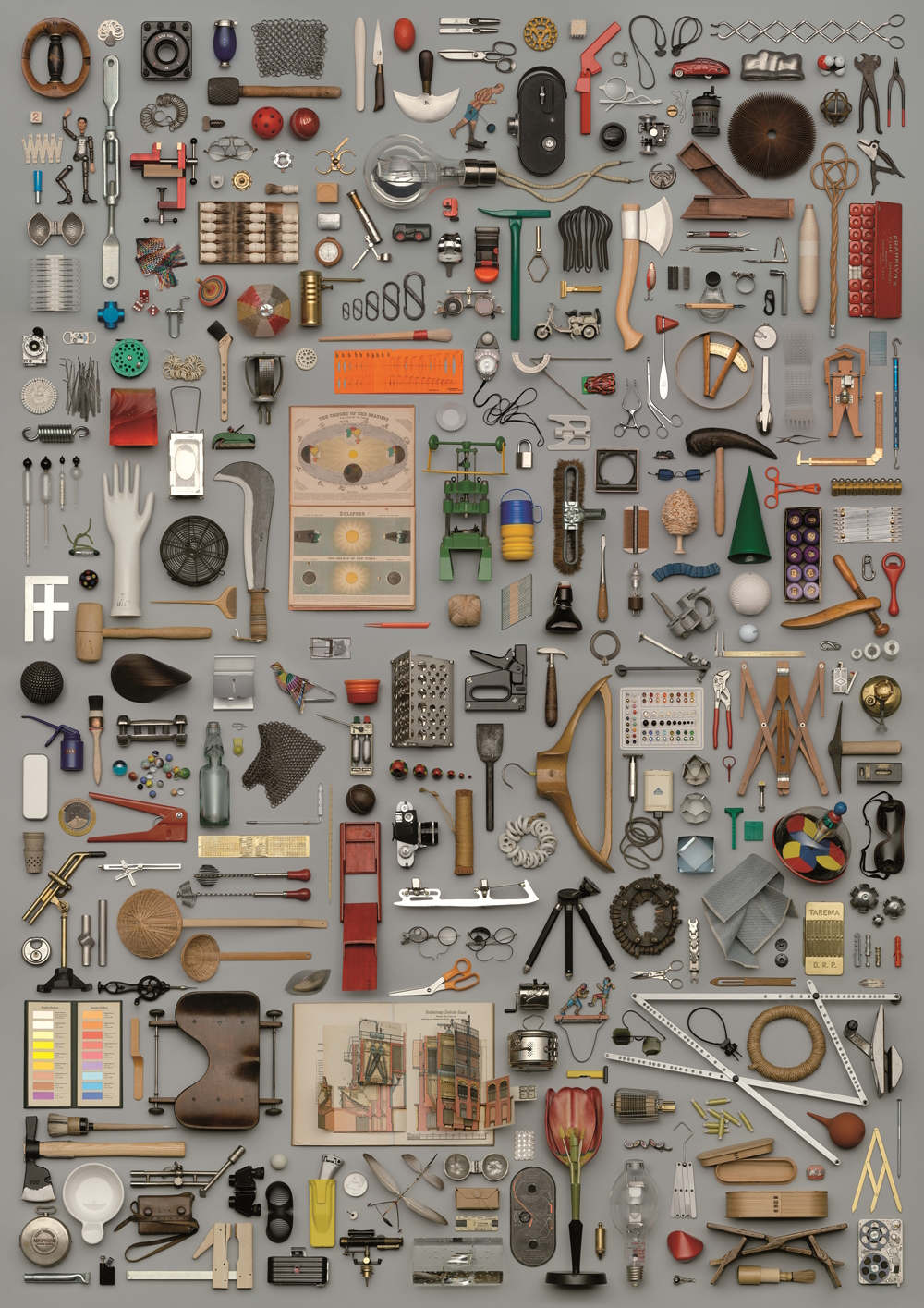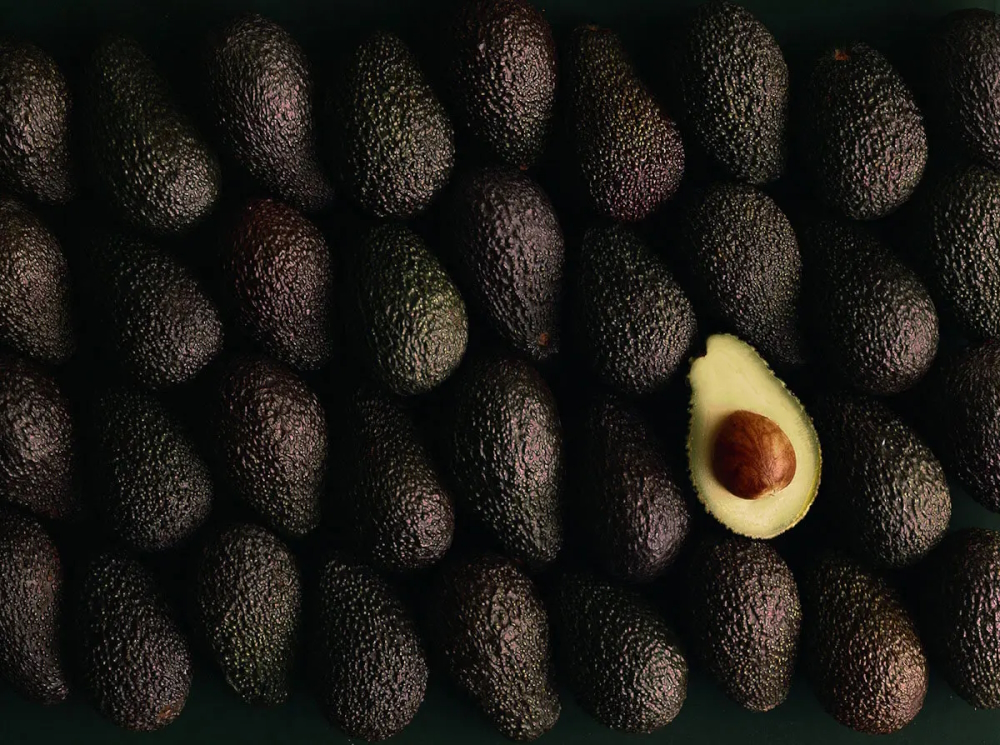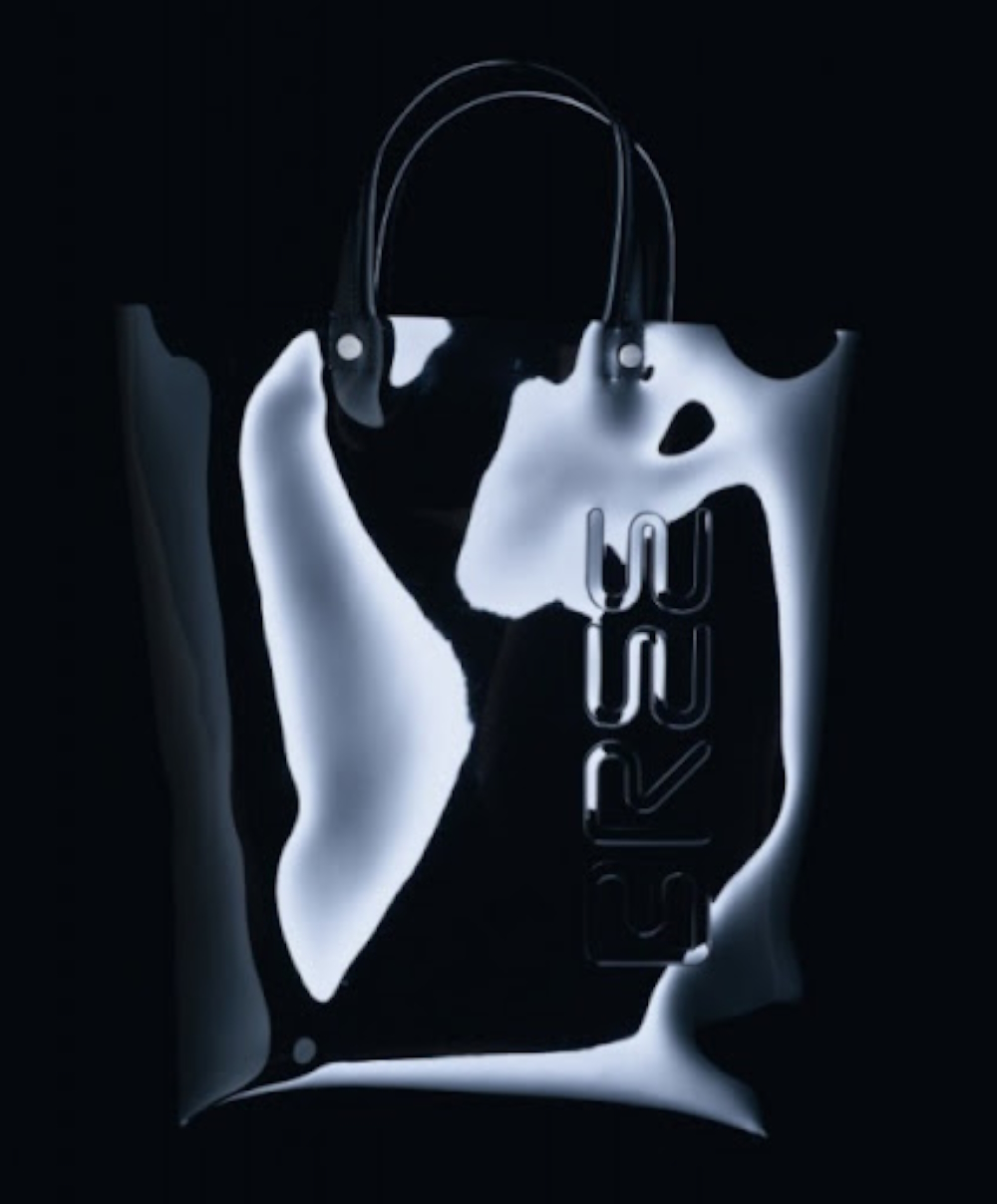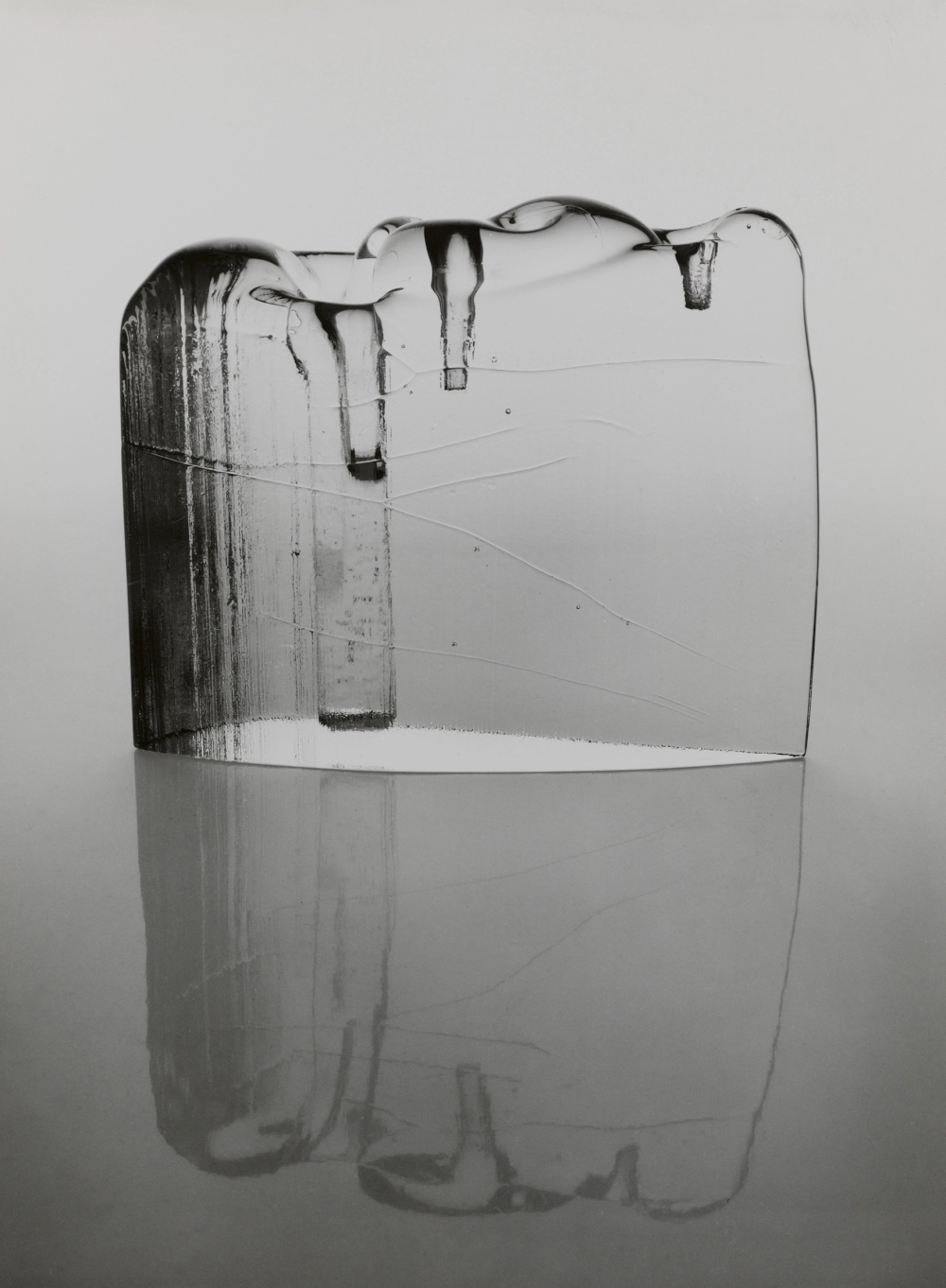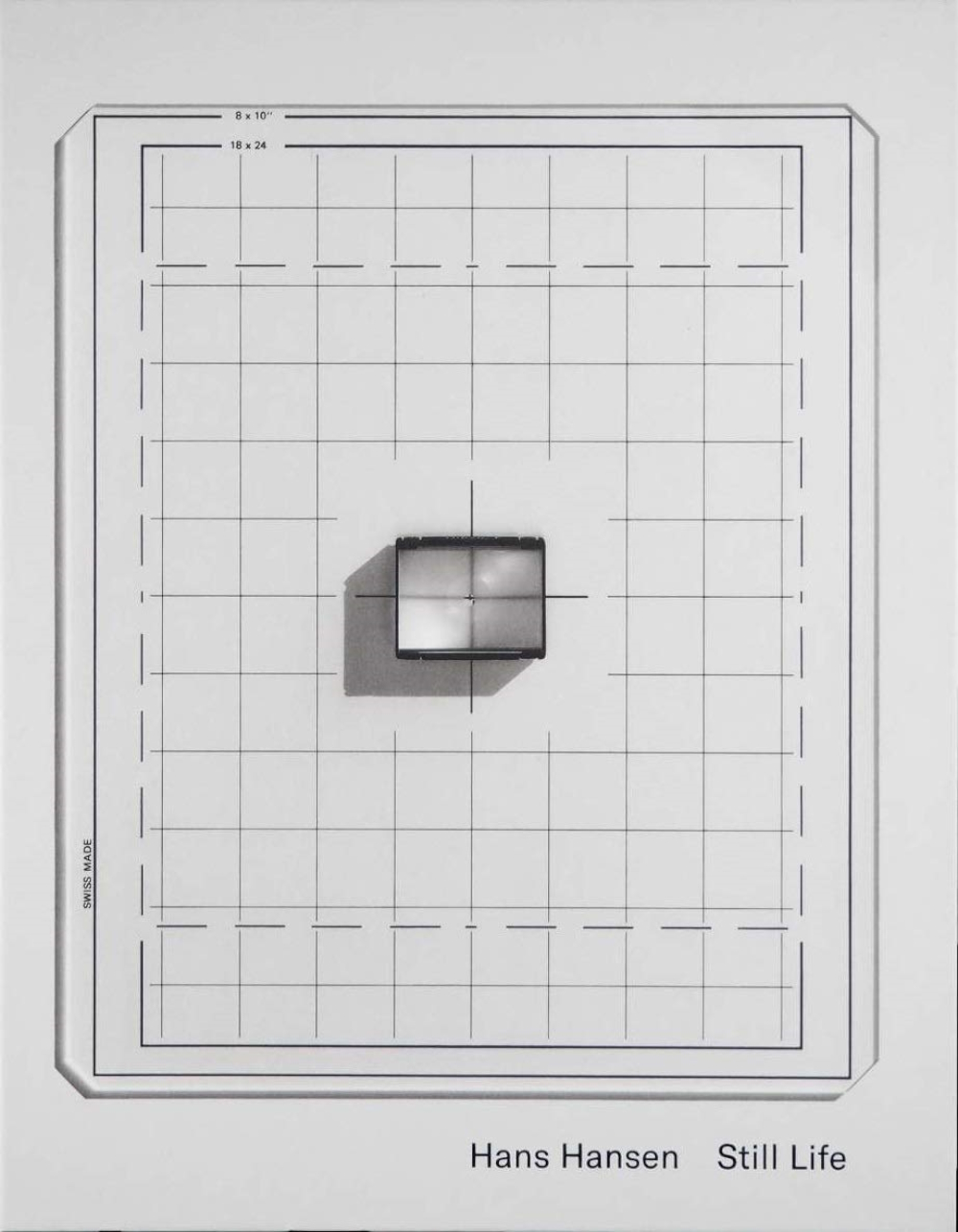Hans Hansen
influential product and still-life photographer
Germany
„One of the most important creators of product and still-life photography in Germany!“ Camera-austria.at justifies its assessment well: „He uses reduction in an attempt to capture the essence of the things in his photographs.“ Exemplary for this top creative‘s style that „was revolutionary in its pragmatism“ (zeit.de) is probably his best known work internationally: the famous shot of a Volkswagen campaign. It pictures a VW Golf dissembled into 6.843 parts and spread-out meticulously! Considering such an iconic image it is remarkable that the photographic autodidact didn’t want to work in advertising first!
Hans Hansen
influential product and still-life photographer
Germany

Sometimes only detours guide to the goal. Hans Hansen’s career is proof of that idiomatic expression. The man (* 1940 in Bielefeld, Germany) studied applied graphics at the Duesseldorf Art Academy in the late 1950’s. „While photography was already a recognized part of design in North American advertising, the Applied Graphics class worked with graphic but not photographic means. However, because Hansen was interested in combining graphics and photography, he began to take the photographs he needed himself“ (Wikipedia). By doing so this student was in defiance of his teachers‘ conceptions and expelled from the conservative academy in 1962. That wasn’t a desaster for him as the twen was on the path into independence already. Mr. Hansen got excited about the ice-glass objects by the Finnish designer Tapio Wirkkala (1915-1985) and recollects: „I got to know him through a chance encounter, which led to a long conversation. The next day I thanked him with a b/w photo. A short time later I received a letter in letter in German from Tapio Wirkkala asking me to take experimental photos of his glass objects.“. The commission from „a major figure of post-war design“ (Wikipedia) was the initial impetus for becoming a professional photographer.
At the beginning of his career it was visible that Hans Hansen’s influences were colleagues like Richard Avedon and Irving Penn as well as the photo series in magazines like Harper’s Bazaar or Life – although people were seldom part of his images. For him, things take center stage. In tune with his love for Bauhaus he developed his personal style. „Rather than orientating his work toward the tradition of the still life rooted in painting“, analyzed camera-austria.at, „he obtains his ideas directly from the practice of product photography, or more precisely said, from tabletop photography where objects are photographed on a special table in a studio under optimal lighting conditions. It is in this context that Hansen’s pictorial language evolved, seeking simplification and toying with form and alienation, usually based on his experiments with light. Hansen has photographed many of his motifs on a light table, a working device that became familiar to him during his apprenticeship as a lithographer. Draping objects on a surface that is illuminated from both above and below gave rise to abstract and multifaceted images, extending far beyond their status as factual renderings.“
It‘s a very clear, objective point of view resulting in outstanding visual presentations that were realized by shooting digital from 2007 onwards and motivated by Hans Hansen’s simple principle „I don’t like the mess“ (zeit.de). The master of reduction to the essential was hence first choise for commissions by Akzo Nobel (creates paints and performance coatings), American Express, Daimler Benz, BREE, Fiat, Jil Sander, Joop, Kodak, Lufthansa, Nikon, Perrier, Porsche, Sony, Vitra (furniture), Volkswagen among many others plus magazines like Harper’s Bazaar or Vogue.
„His work combines poetic still lifes as well as stringent and documentary product photography“, it is said in the description by C/O Berlin Foundation Hoffmann on the exhibition catalogue „Still Life: Photographs from 1957-2017“: „His view of things is strongly reduced, linear and at the same time full of energy. Everyday products and everyday objects form the subjects of his pictures. With technical precision and graphic minimalism, he gives the objects a specific presence and teaches us to look at everyday objects in a new way. Hardly any other photographer in his profession has had such a decisive influence on our perception of everyday objects over the decades as Hans Hansen."
Hans Hansen is based in Hamburg, Germany.
Interview March 2024
Seeking simplification: toying with form and alienation
INTUITION/IMAGINATION
?: How does intuition present itself to you – in form of a suspicious impression, a spontaneous visualisation or whatever - maybe in dreams?
Intuition is followed by spontaneous visualisation after a short period of reflection.
?: Will any ideas be written down immediately and archived?
No, I don't write down or sketch ideas.
?: How do you come up with good or extraordinary ideas?
Coincidence is the trigger for an idea.
?: Do you feel that new creative ideas come as a whole or do you get like a little seed of inspiration that evolves into something else and has to be realized by endless trials and errors in form of constant developments until the final result?
Even as a student, I would think about an idea until I had the solution. And only then did I set about realising it.
I rarely had to correct anything or start from scratch.
?: What if there is a deadline, but no intuition? Does the first fuel the latter maybe?
Deadline pressure has not yet produced an idea for me.
INSPIRATION
?: What inspires you and how do you stimulate this special form of imaginativeness?
Everything that surrounds me can inspire me: the familiar, the strange, the new, even nature.
?: How do you filter between ideas that are worthwhile pursuing and bad ones that you just let go of?
A bad idea disappears by itself.
?: Does an idea need to appeal to you primarily or is its commercial potential an essential factor?
I'm not interested in commercial potential, but a good idea does interest me.
?: Do you revisit old ideas or check what colleagues or competitors are up to at times?
An unrealised idea can be interesting again.
I'm happy about good work that I see by chance and tell the designer about it if possible.
CREATIVITY
?: What time or environment best suits your creative work process — for example, a time and place of tranquility or of pressure? Which path do you take from theory or idea to creation?
The time of day or night doesn't matter, but the peace and quiet and the the opportunity to concentrate.
?: What’s better in the realization process — for example, speed and forcing creativity by grasping the magic of the moment or a slow, ripening process for implementation and elaboration?
The magic of the moment followed by careful realisation.
?: How important are self-doubt and criticism by others during such a process?
Self-doubt always, criticism sometimes.
?: Is it better to be creative on your own, to trust only your own instincts, or to work in a team?
On a case-by-case basis both are good.
?: In case of a creative block or, worse, a real failure, how do you get out of such a hole?
It's like riding a horse or on a tightrope walk, you have to get up and keep going.
?: Should a creative person always stay true to him- or herself, including taking risks and going against the flow, or must the person, for reasons of commercial survival, make concessions to the demands of the market, the wishes of clients and the audience’s expectations?
Basically, you have to stay true to yourself, take risks and renew yourself.
Unfortunately, in order to survive, compromise is sometimes unavoidable. Contract work is a service and not an end in itself.
?: How are innovation and improvement possible if you’ve established a distinctive style? Is it good to be ahead of your time, even if you hazard not being understood?
Being ahead of your time is certainly more difficult than chasing the zeitgeist.
?: When does the time come to end the creative process, to be content and set the final result free? Or is it always a work-in-progress, with an endless possibility of improvement?
Only when I am convinced of the result I'm able to let it go. But that doesn't mean that I might be able to do it differently or better tomorrow.
?: How does artificial intelligence change human creativity? And do you? Would will you use it at all?
I hope I never have to use AI, but human creativity will use AI and not just be used by it.
SUCCESS
?: “Success is the ability to go from one failure to another with no loss of enthusiasm.“ Do you agree with Winston Churchill’s quote?
If you are enthusiastic, a failure will not stop you from continuing.
?: Should or can you resist the temptation to recycle a ‘formula’ you're successful with?
Success through a "formula" is not permanent.
?: Is it desirable to create an ultimate or timeless work? Doesn’t “top of the ladder” bring up the question, “What’s next?” — that is, isn’t such a personal peak “the end”?
Striving for a timeless work does not have to mean the end of a development.
MY FAVORITE WORK:
'The envelope'
For me, a lot is linked in this image: the world of paper, the culture of stamp design, the invisible, personal handwriting, the hidden secret of the content and the search for simplicity.
